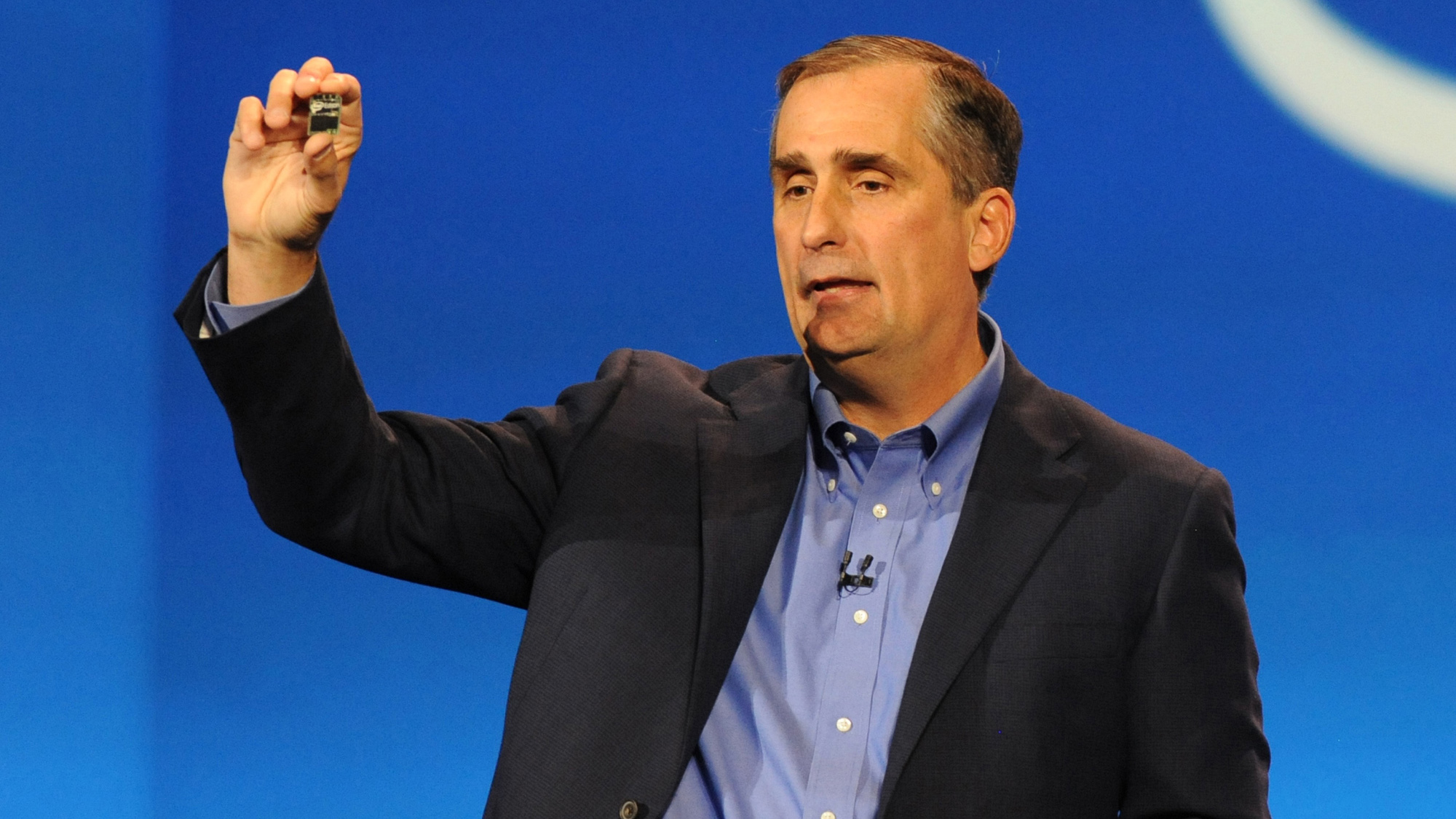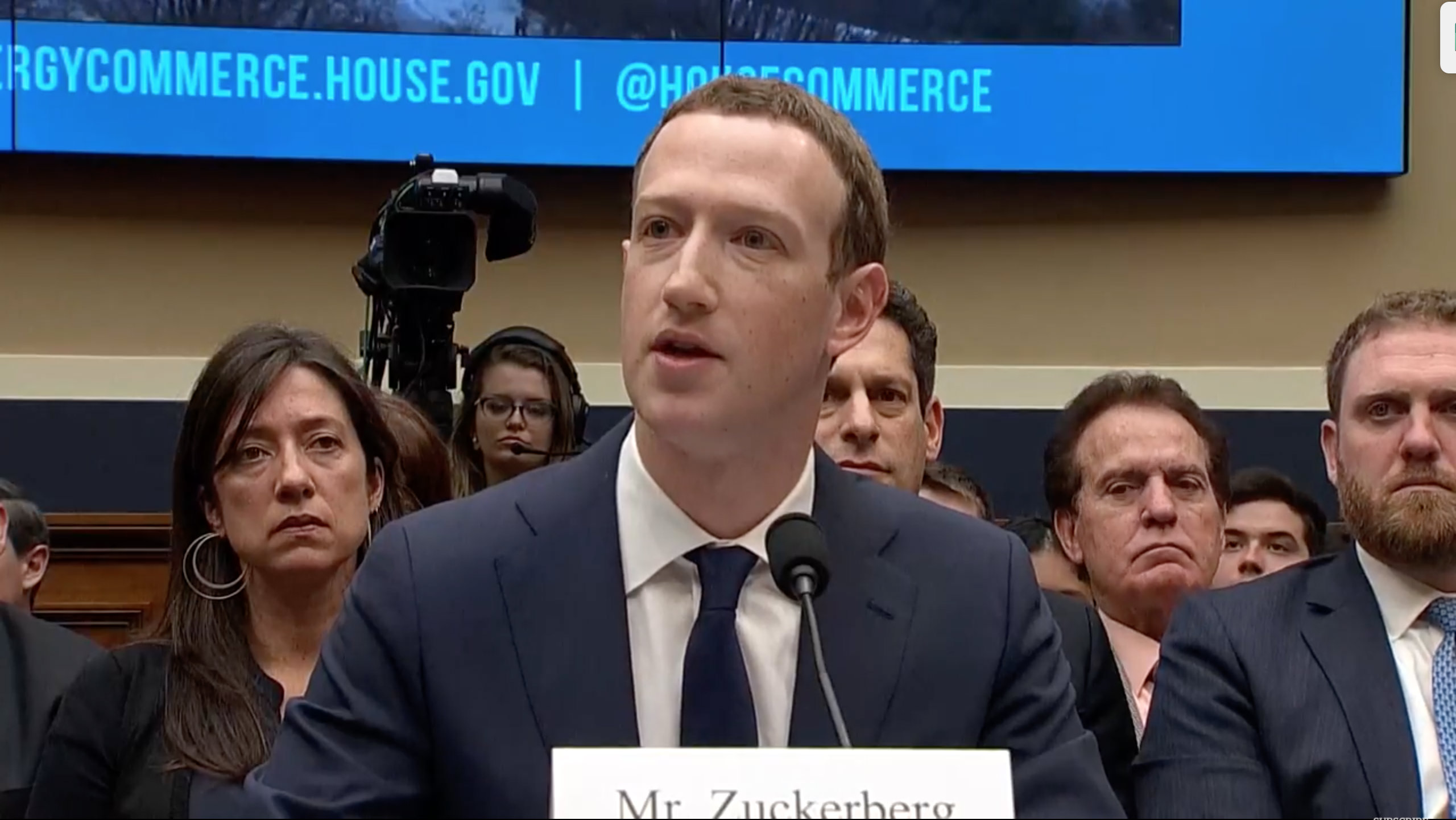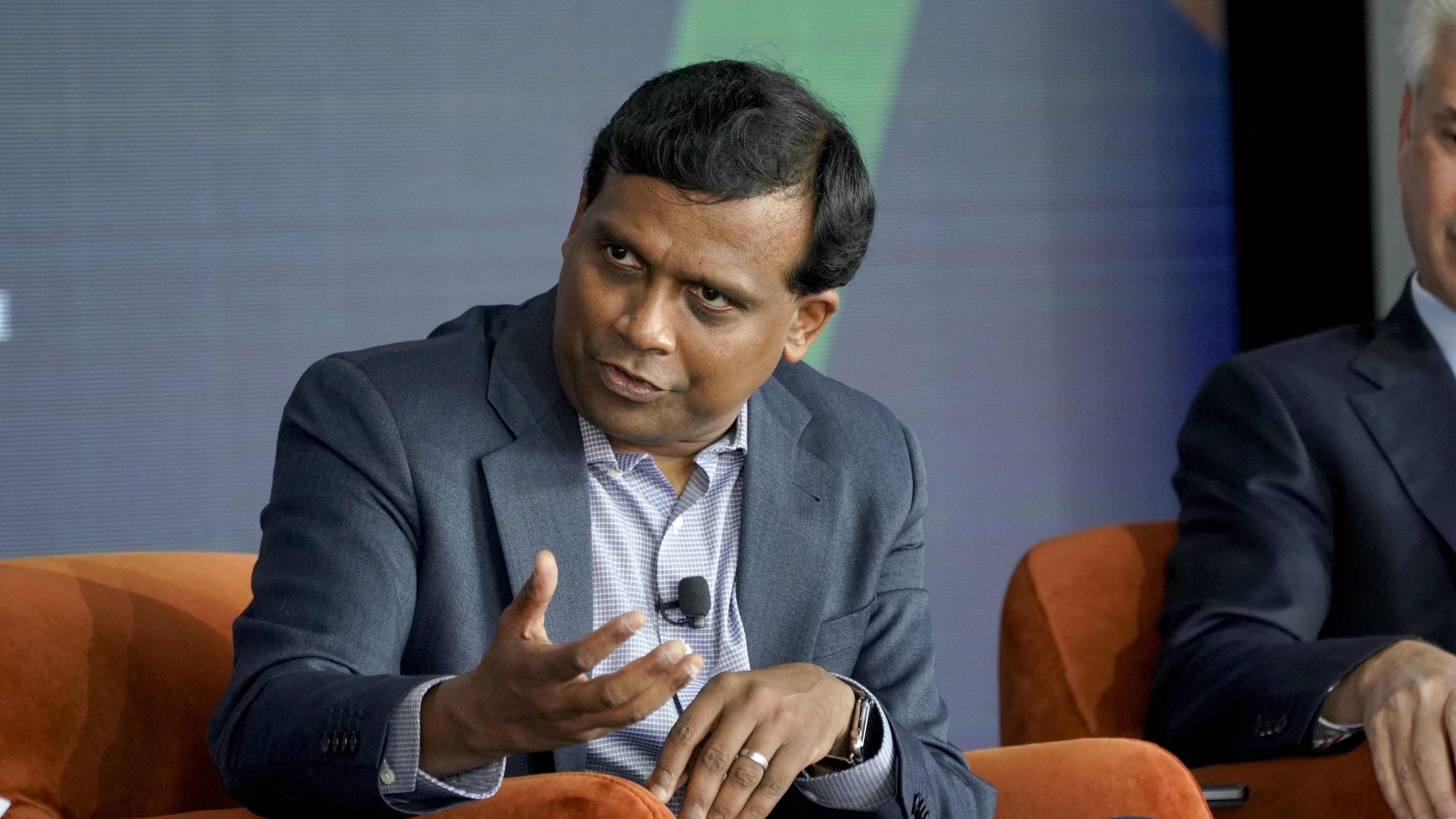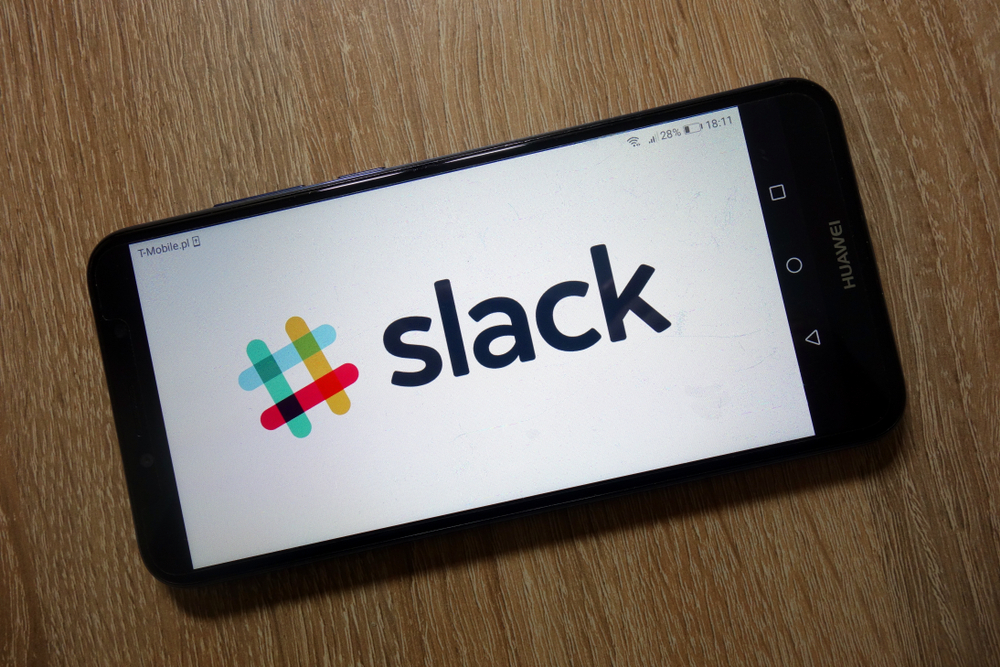Putting Brian Krzanich outside won't affect Intel inside right away
Krzanich's time as Intel CEO was a mixed bag of successes and failures


The king is dead, long live the king. Well, not quite, but Brian Krzanich, Intel's chief executive has stepped down from the chipmaker's top job after it was discovered he was having a consensual relationship with another Intel employee, which breached the firm's non-fraternisation rules.
While workplace relationships might be ten-a-penny in other organisations, Intel took a dim view of Krzanich's flaunting of the rules, especially as a figurehead of the company. As such, he'll now be replaced by Robert Swan, who has been serving as Intel's chief financial officer, until a permanent replacement is found.
Krzanich's resignation is certainly a high-profile exit from a major tech company, with it seeing a 2% drop in share price as the CEO step-down came to light.
Arguably, 2018 wasn't the year for Krzanich, who came under fire for offloading his Intel shares after the company had been informed about the Meltdown and Spectre flaws, serious vulnerabilities in its processors dating back over a decade.
But while Krzanich seemed to escape being hauled over the coals for potentially questionable share dealings, his breach of a core corporate rule was a step too far.
So ends Krzanich's tenure in the hot seat at one of the largest technology companies in the world, and the end of his 36-year career with Intel.
During Krzanich's time as Intel's CEO it would be fair to say the chipmaker has seen its ups and downs.
Sign up today and you will receive a free copy of our Future Focus 2025 report - the leading guidance on AI, cybersecurity and other IT challenges as per 700+ senior executives
He was at the forefront of Intel's shift from being reliant on making chips for personal computers to becoming a so-called "slave-driven" company, whereby the firm embraced the concepts of big data analytics, the Internet of Things, artificial intelligence, and of course cloud computing.
Intel's continued dominance in the data centre market was one example of how it became less reliant on selling chips for desktop PCs and laptops.
However, Krzanich's rule also saw a failure to properly push into the smartphone market. Intel's Atom processors was trounced by ARM-based chipsets from the likes of Qualcomm and Samsung.
Speaking of the latter, under Krzanich's rule Intel was knocked off the top spot by Samsung as the largest producer of semiconductors, a position many had though unassailable.
At the same time, the ex-CEO also championed a diversity program, funnelling $300 million dollars to promote workplace diversity in 2015.
That announcement was made at CES 2015; a year later, Krzanich's keynote was punctuated by drones and the tiny wearable Curie chip, along with other tech, positioning Intel as a company that's about more than just processors.
Yet come 2018, Intel's New Devices Group, which included the attention-grabbing Vaunt augmented reality glasses, was shuttered. This closure shortly followed on from Intel's move to sell-off its Wind River division, demonstrating that perhaps product diversity wasn't working for the chipmaker.
That being said, 2018 wasn't a great year for Intel's processors either, given it came to light how they were affected by the Meltdown and Spectre bugs at a hardware level.
And before that Intel has been lambasted for struggling to get its Core i family of processors onto the much-vaunted 10-nanometre process; current eighth-generation Core i chips remain stuck at 14nm despite 10nm having been previously touted to arrive with the still missing-in-action Cannon Lake architecture. Instead, it has the Coffee Lake architecture which is mostly an evolved version of Intel's 14nm fabrication process.
So while Intel appeared to struggle to take its processor architecture to the next level, AMD got its act together, likely tired of languishing in the low-end of the CPU world, and came out with its Ryzen family of processors. These were the first AMD chips to properly challenge Intel in years, and while Intel still had AMD pipped in some processor areas, it now had stiff competition in the market.
Again, all this happened under Krzanich's leadership and isn't exactly a litany of success. But then Krzanich also helped see Intel grow its stock value and enjoy record profits in its latest financial reports.
Suffice to say, Krzanich's time at the helm of Intel was a mixed bag, But it's unlikely things will change much for Intel in the short term, given it'll likely be business as usual for the chipmaker as it continues to develop and evolve its CPUs and build out its capabilities for delivering data-centric products and services.
However, Swan will serve as the interim CEO, so unless that becomes a permanent position, Intel will need to find a new figurehead for its corporation.
Such a successor will need to ensure Intel's profits keep flowing while working to get it back on track with delivering 10nm chips.
That might involve Intel breaking its tradition of hiring from within its own ranks and looking for an external candidate for the top position.
But that's likely to take some time, so one can expect Intel to continue tick-tocking along for the time being.
Image: Shutterstock
Roland is a passionate newshound whose journalism training initially involved a broadcast specialism, but he’s since found his home in breaking news stories online and in print.
He held a freelance news editor position at ITPro for a number of years after his lengthy stint writing news, analysis, features, and columns for The Inquirer, V3, and Computing. He was also the news editor at Silicon UK before joining Tom’s Guide in April 2020 where he started as the UK Editor and now assumes the role of Managing Editor of News.
Roland’s career has seen him develop expertise in both consumer and business technology, and during his freelance days, he dabbled in the world of automotive and gaming journalism, too.
-
 Salesforce targets better data, simpler licensing to spur Agentforce adoption
Salesforce targets better data, simpler licensing to spur Agentforce adoptionNews The combination of Agentforce 360, Data 360, and Informatica is more context for enterprise AI than ever before
-
 On the ground at HPE Discover Barcelona 2025
On the ground at HPE Discover Barcelona 2025ITPro Podcast This is a pivotal time for HPE, as it heralds its Juniper Networks acquisition and strengthens ties with Nvidia and AMD
-
 CyberCX appoints Phil Mason as new UK CEO
CyberCX appoints Phil Mason as new UK CEONews Industry veteran will lead CyberCX’s growth efforts in the UK
-
 WANdisco's CEO and CFO resign amid ongoing fraud investigations
WANdisco's CEO and CFO resign amid ongoing fraud investigationsNews The data firm is left with a heavily depleted leadership team with only one executive director remaining
-
 Stop worshipping CEOs – tech is a team sport
Stop worshipping CEOs – tech is a team sportOpinion Tech leaders are showing themselves for who they are, and it shouldn’t come as a surprise
-
 Checkmarx appoints Sandeep Johri as its new CEO
Checkmarx appoints Sandeep Johri as its new CEONews Experienced Silicon Valley executive will lead the applications security provider into its next phase of growth
-
 Trustmarque hires NTT Data’s UK lead as its new CEO
Trustmarque hires NTT Data’s UK lead as its new CEONews Simon Williams will lead the IT solutions and services provider into its next phase of growth
-
 Cognizant appoints former Infosys president Ravi Kumar as CEO
Cognizant appoints former Infosys president Ravi Kumar as CEONews The executive brings more than 20 years of experience in the consulting, process, and technology transformation space
-
 What tech investors can learn from three under-fire CEOs
What tech investors can learn from three under-fire CEOsAnalysis With clear lessons to learn from the high-profile cases of Autonomy, Theranos, and Wirecard, investors should tread carefully in future
-
 Another Salesforce leader departs, will replace outbound Slack CEO
Another Salesforce leader departs, will replace outbound Slack CEONews Slack's CEO and co-founder Stewart Butterfield also announced the departure of two other executives, but said the timing was purely coincidental
